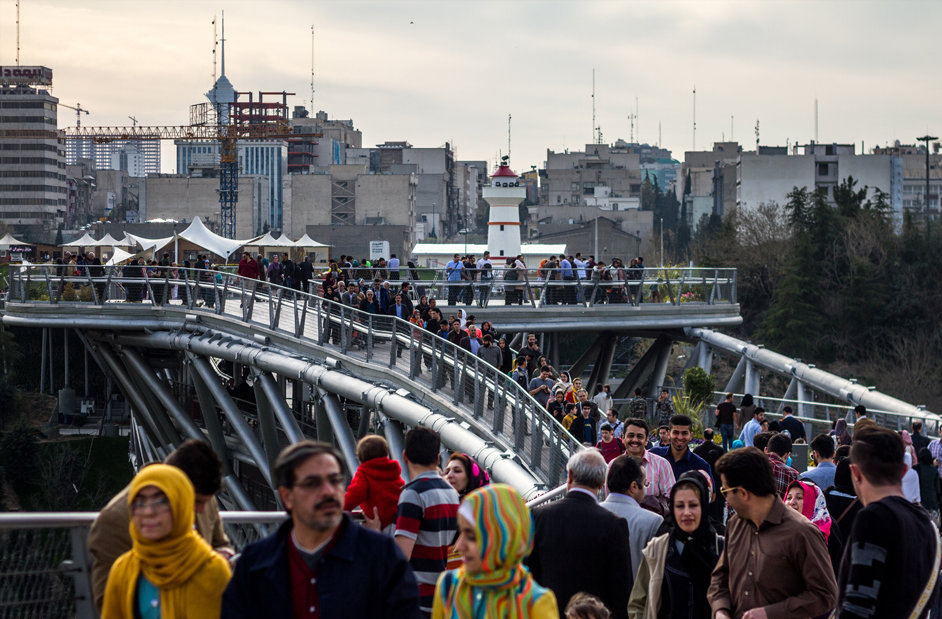Months have passed since Iran’s tourism authority announced a scheme to subsidize travel for encouraging Iranians to travel domestically and visit far-flung destinations. But the plan, which was supposed to go into effect a month ago, remains just that.
According to the scheme unveiled by Iran’s Cultural Heritage, Handicrafts and Tourism Organization in May, the organization is to shoulder a third of the costs of a tour per person paid directly to travel agencies that organize tours to select destinations.
These destinations include the provinces of Kerman, Kermanshah, Kurdestan, Lorestan, South Khorasan, Sistan-Baluchestan and Hormozgan.
Of course, ICHHTO was so vague in its presentation that many initially thought that the organization would pay a “travel subsidy” to people, prompting tourism officials to issue a statement clarifying the concept.
Earlier this month, they said they would pay 20%—and not a third—of the cost of a tour per person.
“The cold hard truth is that the details of the scheme are unknown,” Ali Abdollahi, a tourism expert, told Mehr News Agency. “While the idea may be good in theory, the lack of preparation and paucity of details make it difficult for the plan to go into effect.”
Abdollahi noted that the program has no official website and officials are not making any effort to inform people.
“People still don’t know which travel agencies offer subsidized trips … They don’t know which travel agencies to go to and what types of tours qualify for the scheme,” he said.
To make matters worse, travel agencies are loath to take part in the scheme because they would prefer to receive the subsidy first.
“They don’t want to risk taking a group on a tour and wait for months to receive their payment from the organization,” he said.
Mixed Reception
Aside from the fact that tourism officials have not taken their own scheme seriously, the plan itself has received its fair share of criticism.
The scheme, the officials argue, will encourage more people to travel and help bring much needed cash to areas whose economies are in dire straits. Tourism creates jobs, which will boost the local economies and improve the quality of life for their residents.
According to the latest figures released by the Statistical Center of Iran, 46% of Iranians did not travel this summer for a variety of reasons, including low purchasing power.
Subsidizing travel can no doubt help reduce that figure, as most families opt not to travel simply because it takes a toll on their coffers.
However, critics point to the chronic lack of infrastructure in selected destinations and high hotel prices, arguing that if people are not satisfied with their trip, word of mouth will ensure the scheme becomes yet another failed attempt to develop tourism.
Iran’s top holiday destinations, including Isfahan, Shiraz, Kish and Qeshm, suffer from a lack of adequate and affordable lodging facilities. If popular destinations cannot keep pace with the growing tourist demand, there is no doubt that isolated destinations will have a more difficult task coping with an influx of tourists.
While it is true that tourism officials are pushing ahead with plans to build more hotels, critics say they are only focused on building four- and five-star establishments used only by the wealthy.
The critics argue that the travel subsidy should instead be used to develop infrastructure and offer loans to tourism projects, which will increase traveling options and cater to the needs of a wider cross-section of the society.


